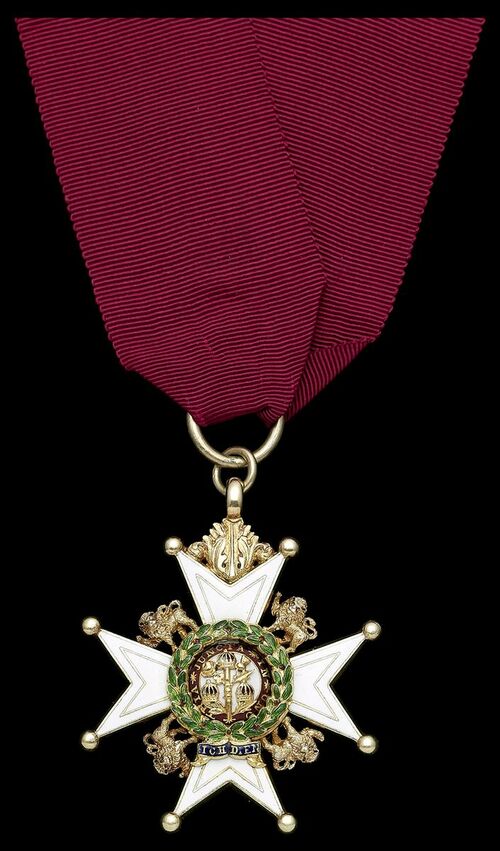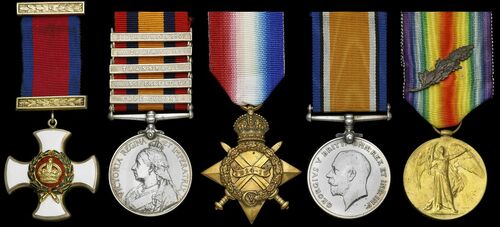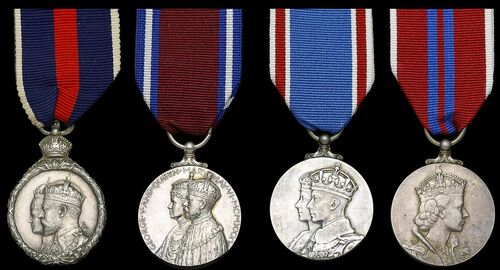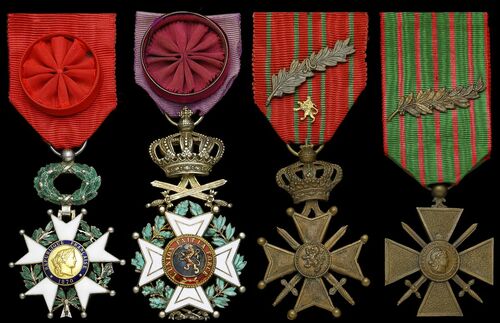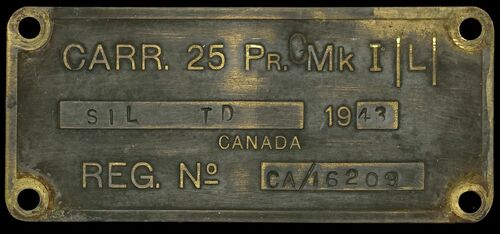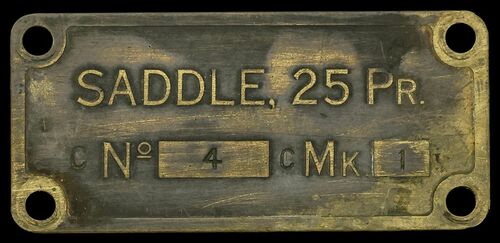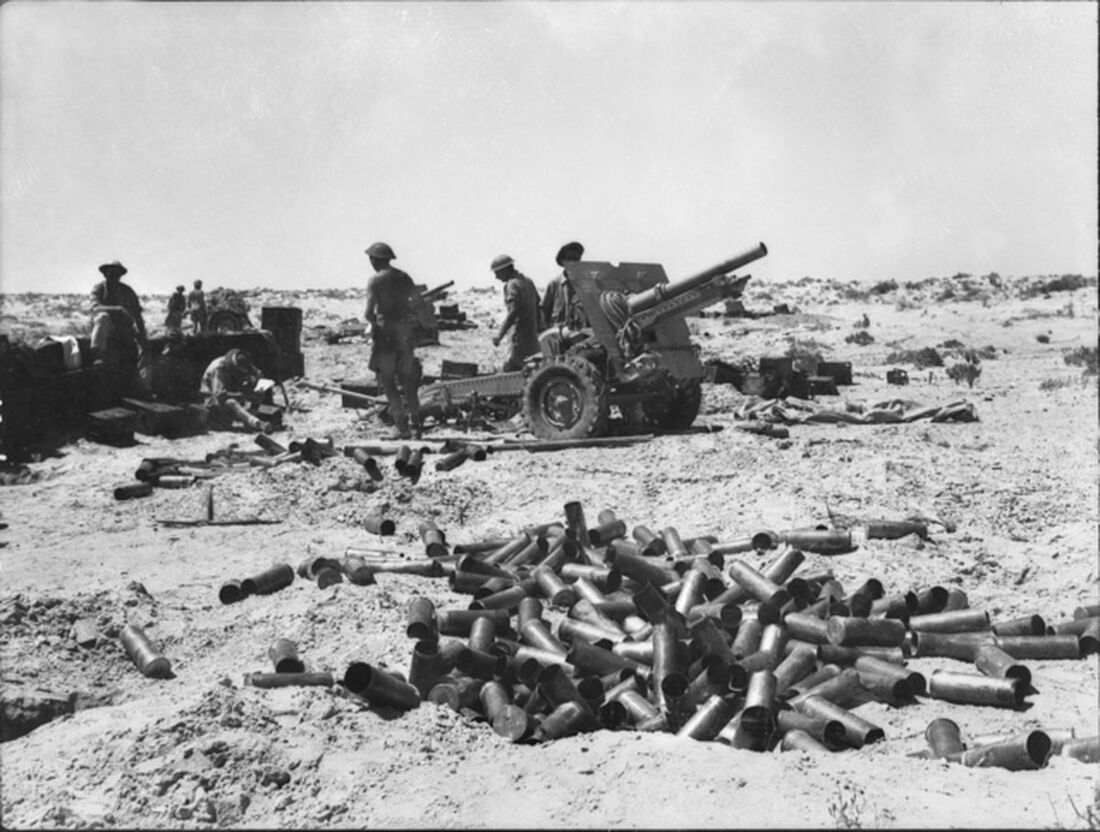Auction: 23002 - Orders, Decorations and Medals
Lot: 92
(x) The C.B., C.M.G., D.S.O. group of fifteen awarded to Major-General J. T. Dreyer, Royal Artillery, an innovator who can be credited with revolutionising fire-control in British warships and was one of the driving forces behind the invention of the famous 25-Pounder field gun
The Most Honourable Order of the Bath, Companion's (C.B.), Military Division, neck Badge, silver-gilt and enamel; The Most Distinguished Order of St Michael and St George, Companion's (C.M.G.) neck Badge, silver-gilt and enamel; Distinguished Service Order, G.V.R., silver-gilt and enamel; Queen's South Africa 1899-1902, 5 clasps, Cape Colony, Orange Free State, Transvaal, South Africa 1901, South Africa 1902 (Capt. J. T. Dreyer. R.G.A.); 1914-15 Star (Major J. T. Dreyer. R.G.A.); British War and Victory Medals, with M.I.D. oak leaves (Col. J. T. Dreyer.); Coronation 1902; Jubilee 1935; Coronation 1937; Jubilee 1953; France, Republic, Legion of Honour, breast Badge, silver-gilt and enamel; Croix de Guerre, with Palme; Belgium, Kingdom, Order of Leopold, with Swords; Croix de Guerre, with Palme and lion, overall good very fine (15)
C.B. London Gazette 31 December 1921.
C.M.G. London Gazette 22 March 1918.
D.S.O. London Gazette 14 January 1916.
Legion d'honneur London Gazette 22 August 1917.
Croix De Guerre (France) London Gazette 7 January 1919.
Order of Leopold London Gazette 19 August 1919.
Croix de Guerre (Belgium) London Gazette 21 August 1919.
John Tuthill Dreyer was born at Parsonstown, Ireland on 24 December 1876, the son of John and Katherine Dreyer. His father was Danish by birth, a former court astronomer he had come to Ireland to work for the Earl of Ross. The young Dreyer was educated at home before being sent as a day-boy to the Royal School, Armagh. Entering the Royal Military Academy, Woolwich, as a Gentleman Cadet on 5 March 1895 he was commissioned Second-Lieutenant on 23 March 1897.
Posted first to Malta in May 1898, he was to remain with the garrison until July before joining British forces in Egypt. Serving there for a month Dreyer returned to Malta in August and thence to Britain in November. Promoted Lieutenant on 23 March 1900, he was to see service in the Anglo-Boer War between 1901-1902. Dreyer must have proven his worth during the fighting as he was further advanced Captain upon his return on 7 February 1902.
With the end of the conflict Dreyer joined the Royal Garrison Artillery, working as an instructor from 1907 at the School of Gunnery. Indulging his experimental streak, whilst here Dreyer worked with his brother to create the 'Dreyer Calculator'. This sliding rule was intended to improve fire-control for naval guns - his brother being a Royal Navy Captain - and was meant to work with the 'Dreyer Fire Control Table'. It may have been this development that earned him a position with the Experimental Branch at Shoeburyness in the role of Assistant Superintendent of Experiments in 1908.
Married to Penelope Holme at Uckfield Sussex on 14 July 1914, Dreyer found himself appointed to the War Office as Deputy Assistant Director of Military Aeronautics on 15 September 1914. Serving initially with the rank of Major, while in the War Office his promotion was made official the next month (30 October) although he was to remain seconded. However, active service called and Dreyer was appointed Deputy Assistant Quartermaster-General on 26 January 1915 attached to the Royal Flying Corps.
Entering the war in France on 1 May 1915, he was to serve with the R.F.C. until 7 December 1915. This staff role doubtless gave him valuable experience of the new type of war and it is interesting wonder what affect he may have had on the development of the R.F.C. Leaving France, Dreyer was next appointed to the Ministry of Munitions Ordnance Committee. His services were rewarded when he received a 'mention' alongside his D.S.O. on 1 January 1916. Advanced Brevet Lieutenant-Colonel in this role on 24 January 1917, he was awarded the French Legion d'honneur the same year.
Dreyer was to see active service in France again before the war ended, being appointed Assistant Director of Artillery at General Headquarters in April 1918. For this work he was to receive another 'mention' on 20 December 1918, with his rank becoming substantive two years later in 1920. Returning to the War Office, the same year Dreyer was made Assistant Director of Artillery, a role he held for the next three years. After this he was promoted to Director of Artillery, on 10 October 1923.
It was at this time that the British Army was considering the development of a new field gun in the wake of the Great War. The Royal Artillery Committee - along with Dreyer as Director of Artillery - headed up the project. Considering range, calibre and weight of shell they created the framework for the compact, powerful gun which was to serve the British so well in the Second World War and beyond. Unfortunately Dreyer was never to see his creation in active service, moving on before it was completed.
Dreyer left the War Office on 23 December 1924, being appointed Commander, Royal Artillery Portsmouth in 1926. This was to be his last appointment although he was certainly still extremely active in the role, even serving as Brigadier commanding the Wessex Area when his commanding officer was unable to attend. Finally advanced Major-General on 1 April 1930, he retired the same day. Dreyer died at Southside, Instow, Devon on 23 May 1959; sold together with copied research including a Who Was Who entry, M.I.C. and London Gazette entry as well as M.I.D. cards.
Subject to 5% tax on Hammer Price in addition to 20% VAT on Buyer’s Premium.
Sold for
£3,500
Starting price
£1400

